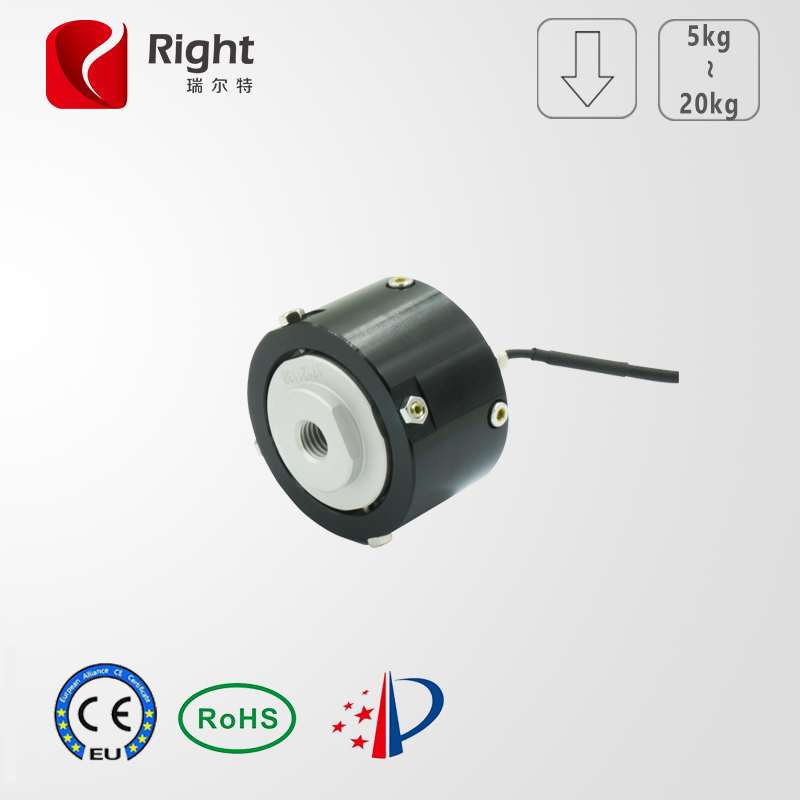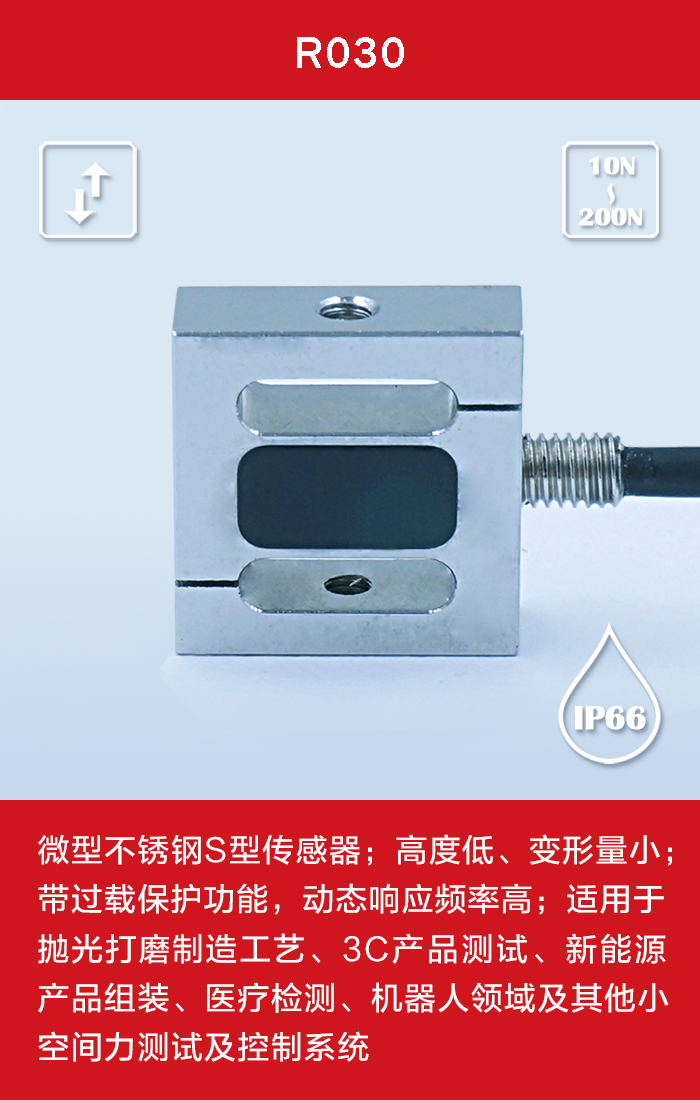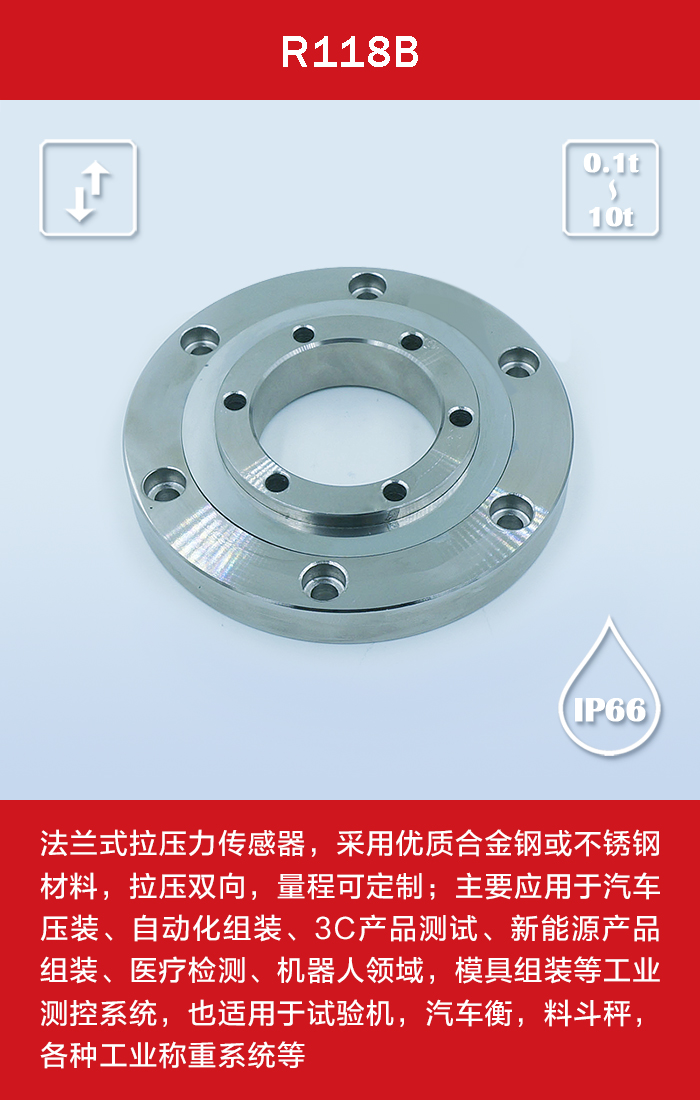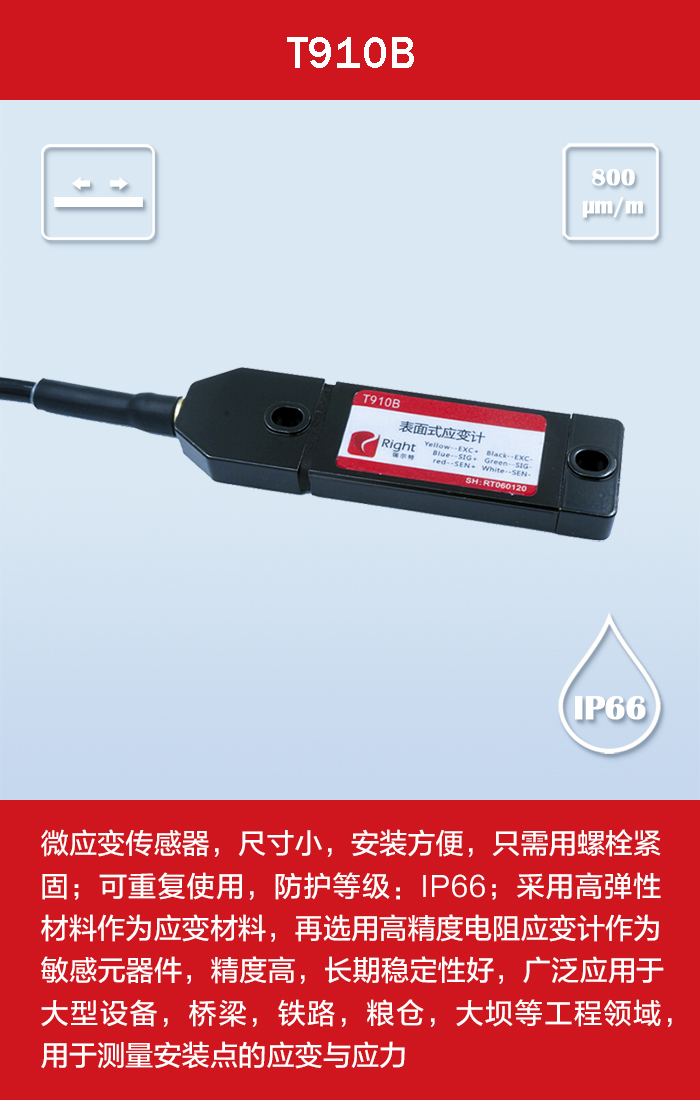NEWS
Focus on Right, share the wonderful moments of enterprises and exhibitions, popularize product technical knowledge, and answer frequently asked questions
News Center
Basic introduction to sextant sensors
- Categories:Technical knowledge
- Time of issue:2020-07-25 12:31
(Summary description)A sextant sensor is one of the common sensors used in robots, especially in industrial robot applications, where a sextant force sensor is usually installed at the end of an industrial robot to implement force control methods such as impedance/conductancecontrol, hybrid force-position control and drag teaching. During robot operation, it is usually necessary to operate the tool mounted on the lower end of the sensor.
Basic introduction to sextant sensors
(Summary description)A sextant sensor is one of the common sensors used in robots, especially in industrial robot applications, where a sextant force sensor is usually installed at the end of an industrial robot to implement force control methods such as impedance/conductancecontrol, hybrid force-position control and drag teaching. During robot operation, it is usually necessary to operate the tool mounted on the lower end of the sensor.
- Categories:Technical knowledge
- Time of issue:2020-07-25 12:31
- Views:
A sextant sensor is one of the common sensors used in robots, especially in industrial robot applications, where a sextant force sensor is usually installed at the end of an industrial robot to implement force control methods such as impedance/conductancecontrol, hybrid force-position control and drag teaching. During robot operation, it is usually necessary to operate the tool mounted on the lower end of the sensor.
In different attitudes, the end tool will have an effect on the values collected by the sensor due to gravity (considering only static or low speed motion), which does not fully reflect the end forces, including the effect of the tool gravity. Therefore, gravity compensation is needed to accurately reflect the end forces.
The six-dimensional moment sensor plays an important role in achieving robot intelligence as a six-component sensor that measures the force exerted by the robot end-effector in contact with each other and the external environment or when gripping a workpiece, and provides force-sensing information for robot force control and motion control.
A sextant sensor is a device that measures both force and moment in a Cartesian coordinate system and converts the three components into electrical signals.
The working principle of the six-component sensor mainly considers two aspects: the original model of force sensing and the theoretical model; the original force sensing; according to the difference with the original force sensing, the sensor is mainly divided into three categories: strain force sensor, optical sensor and piezoelectric force sensor.
Strain force sensors use silicon strain gauges or metal foil, the essence of which is the transformation of the material itself into a change in resistance after deformation;
optical sensors reflect deformation through a grating, which is then converted into force;
A piezoelectric sensor is a sensor that converts a change in the physical quantity being measured into an electrostatic charge or a change in the voltage of a piezoelectric material caused by a mechanical force. It can be divided into capacitive and piezoelectric. Capacitance changes the voltage by changing the pole distance, while piezoelectricity changes the charge by deformation.
Scan the QR code to read on your phone
- Related Reading
Follow us for more information
-
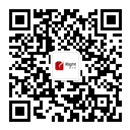 【 Official WeChat 】
【 Official WeChat 】
-
 【 Mobile Website 】
【 Mobile Website 】
Tel: 400-8067-299
- Service Hotline 400-8067-299
- Service Mailbox right@ritcl.com
- Pre-sales Advice 189 2107 0677
 Follow Right
Follow Right


